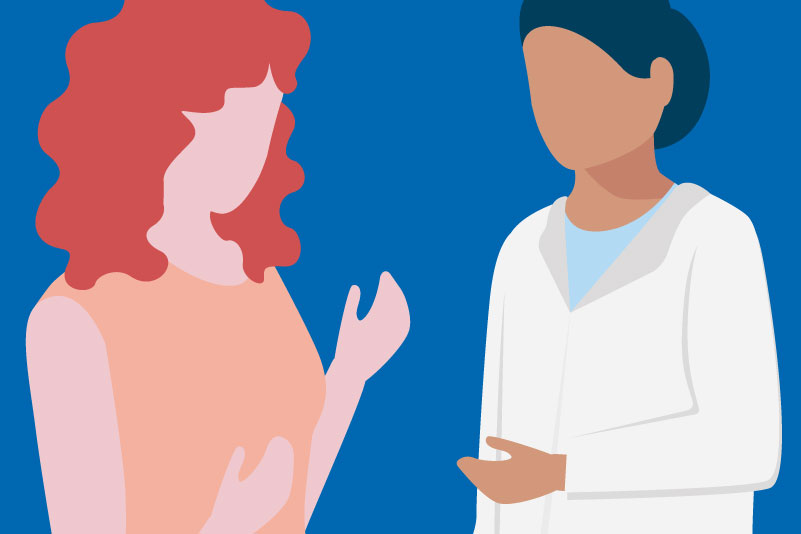#358: Any berry good solutions to preventing UTIs: Cranberries?

Reading Tools for Practice Article can earn you MainPro+ Credits
Join NowAlready a CFPCLearn Member? Log in
- 5 systematic reviews [7-50 randomized control trials (RCTs), 1498-8857 patients].1-5 UTI definition varied: Symptoms, bacteriuria, or both. Results statistically different unless stated.
- Most recent/largest systematic review (50 RCTs, 8857 patients).1 “People-at-risk” subgroups included women (generally ≥2 UTIs/year) or children (1-18 years with ≥1 past UTI), adults with pelvic radiation/surgery/transplant or neuromuscular dysfunction, institutionalized elderly, and pregnant women. Any cranberry product versus placebo or no-treatment. ≥1 UTI at 1-12 months (reporting subgroups, due to inconsistent results):
- Women (8 RCTs, 1555 patients): 18% versus 24% placebo, Number Needed to Treat (NNT)=17.
- Children (5 RCTs, 504 patients): 16% versus 34% placebo, NNT=6.
- Adults following pelvic radiation/surgery/transplant (6 RCTs, 1434 patients): 11% versus 23% placebo, NNT=9.
- Institutionalized adults, pregnant women, or neuromuscular dysfunction: No statistical difference.
- Other systematic reviews: Women with recurrent UTIs2,3 and any “people-at-risk”4,5 report benefits.
- Adverse events: No difference.1
- Limitations:
- Publication bias:5 UTI prevention Risk Ratio (RR)=0.68 [Confidence Interval (CI):0.57-0.80] worsens when adjusted for missing studies [RR=0.83 (CI:0.70-1.00)].
- Systematic reviews1-5 did no analysis by quality. PEER performed quality analysis for study size and placebo-controlled (in women with recurrent UTI).1
- Smaller RCTs RR=0.47 (CI:0.33-0.68) versus large RCTs RR=0.97 (CI:0.77-1.22), statistically different.
- No-placebo (unblinded) RCTs RR=0.39 (CI:0.21-0.74) versus placebo RR=0.83 (CI:0.62-1.10), statistically different.
- Proanthocyanidin (proposed active ingredient) studied dose varied 2.8-118 mg.
- For women, typical cranberry intervention was juice (1/2-3 cups/day) or capsule (500mg/day).1
- Cranberry juice versus capsules (1 RCT, 100 patients):6 No statistical difference.
- Daily antibiotics reduce recurrence to 12% over 6-12 months versus 66% with placebo.7
- Guidelines support antibiotic prophylaxis with conditional recommendation for cranberry.8
- Costs:9 Juice/cup: ~$0.60; 110 calories (low-calorie: 10 calories).
- Capsules: ~$0.15-0.63/capsule (doses vary).















very interesting–such a common self treatment among patients
Seems to confer some small benefit.
good to know it showed some good results
interesting